APE posted an article on the future of photography. There’s been a bit of controversy over the article as Leslie Burns talks about in her post. The basic idea is passing your work, or making it available to be passed around to create “fans”. Creating a bigger fan base increases your market.
It got me thinking of how digital technology is moving us into to a viral content world. Think about how much we love to share things with our friends. Random pieces of content that we think is so great, we share it with everyone we know. Thus the concept of “Viral Content”. Advertising age reported that GE, the country’s third largest advertiser, is moving to shift half of it’s $3 billion budget into digital and one-to-one marketing within the next 3 years. That said, GE as well as many other brands will be spending a lot of money on creating viral content.
So, why don’t we as photographers use our own work as viral content. People pay us to create our own viral content (well, if it lines up with our creative vision), or we can go create it ourselves. If people are posting it on their walls, desktops, or passing it to friends, is that any different than me sending a promo poster to potential clients to hang on their wall? Is it different from sending a print to a potential client? They can still scan it if they really like it.
My point is, making our work available to be passed along in a personal use level that promotes the artist is a great idea. Maybe someone blogs it, sends it to their friends, or makes it their desktop. You’re creating fans. Eventually, it might make it into the right hands. If you have your images registered with the copyright office, that gives you even more power if someone chooses to use your image in a commercial venue and violate copyright. The web world is getting smaller and smaller so finding images that are used without your permission is becoming easier and easier. There are even image tracking companies that will track all images used on the web. Besides, if it’s passed around low resolution images, no one is going to use it in print anyways… or at least we hope.
LET'S CONSPIRE & CREATE
CULTIVATING YOUR VISUAL UNIQUENESS AND STREAMLINING YOUR BRAND'S EVOLUTION
APE posted an article on the future of photography. There’s been a bit of controversy over the article as Leslie Burns talks about in her post. The basic idea is passing your work, or making it available to be passed around to create “fans”. Creating a bigger fan base increases your market.
It got me thinking of how digital technology is moving us into to a viral content world. Think about how much we love to share things with our friends. Random pieces of content that we think is so great, we share it with everyone we know. Thus the concept of “Viral Content”. Advertising age reported that GE, the country’s third largest advertiser, is moving to shift half of it’s $3 billion budget into digital and one-to-one marketing within the next 3 years. That said, GE as well as many other brands will be spending a lot of money on creating viral content.
So, why don’t we as photographers use our own work as viral content. People pay us to create our own viral content (well, if it lines up with our creative vision), or we can go create it ourselves. If people are posting it on their walls, desktops, or passing it to friends, is that any different than me sending a promo poster to potential clients to hang on their wall? Is it different from sending a print to a potential client? They can still scan it if they really like it.
My point is, making our work available to be passed along in a personal use level that promotes the artist is a great idea. Maybe someone blogs it, sends it to their friends, or makes it their desktop. You’re creating fans. Eventually, it might make it into the right hands. If you have your images registered with the copyright office, that gives you even more power if someone chooses to use your image in a commercial venue and violate copyright. The web world is getting smaller and smaller so finding images that are used without your permission is becoming easier and easier. There are even image tracking companies that will track all images used on the web. Besides, if it’s passed around low resolution images, no one is going to use it in print anyways… or at least we hope.
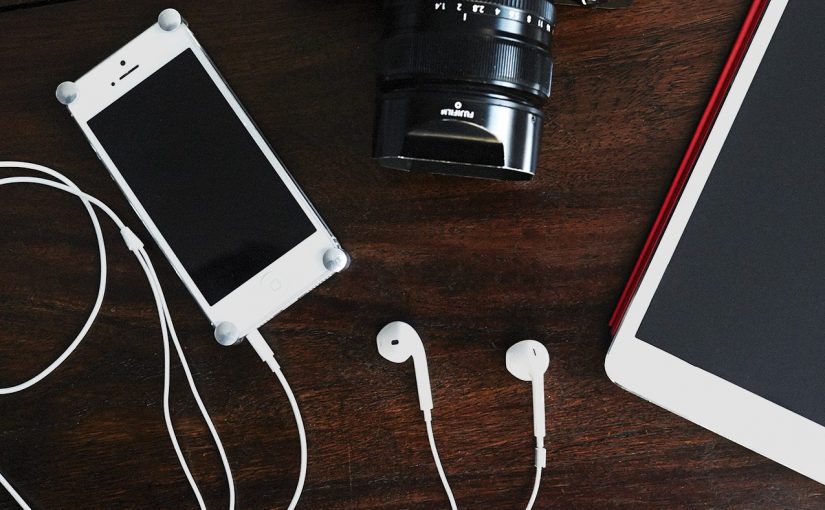
1/23/14
Technology, The Industry & the Concept of Free
infuse your vision with a fresh breath of creativity and vitality
BOOK A BRAND PHOTOSHOOT
GET THE DETAILS
GET THE DETAILS
infuse your vision with a fresh breath of creativity and vitality
PODCAST
BRAND INTELLIGENCE
CREATIVE INTELLIGENCE
LIFE INTELLIGENCE
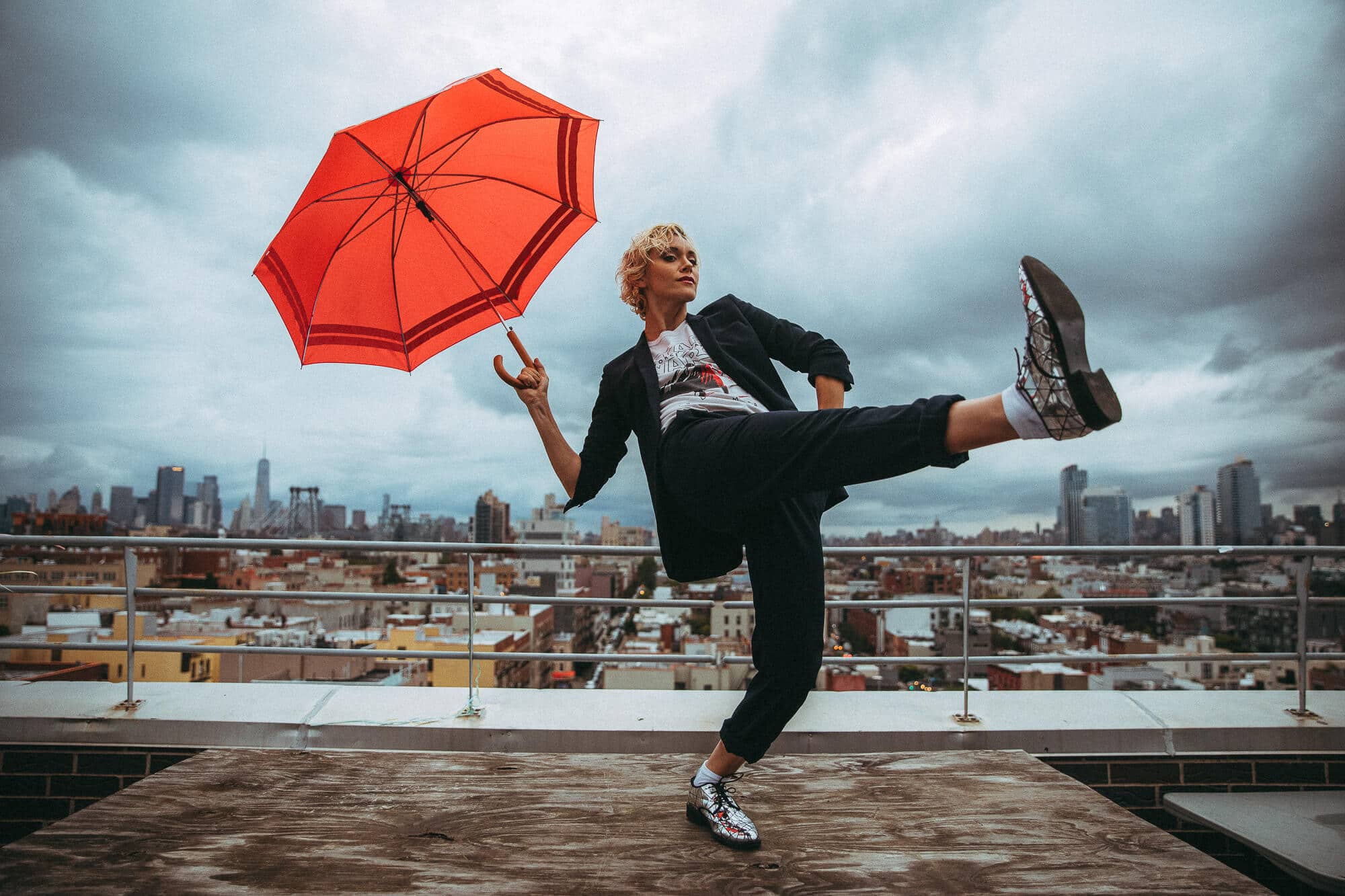
masterfully aligning perception and reality through personal branding
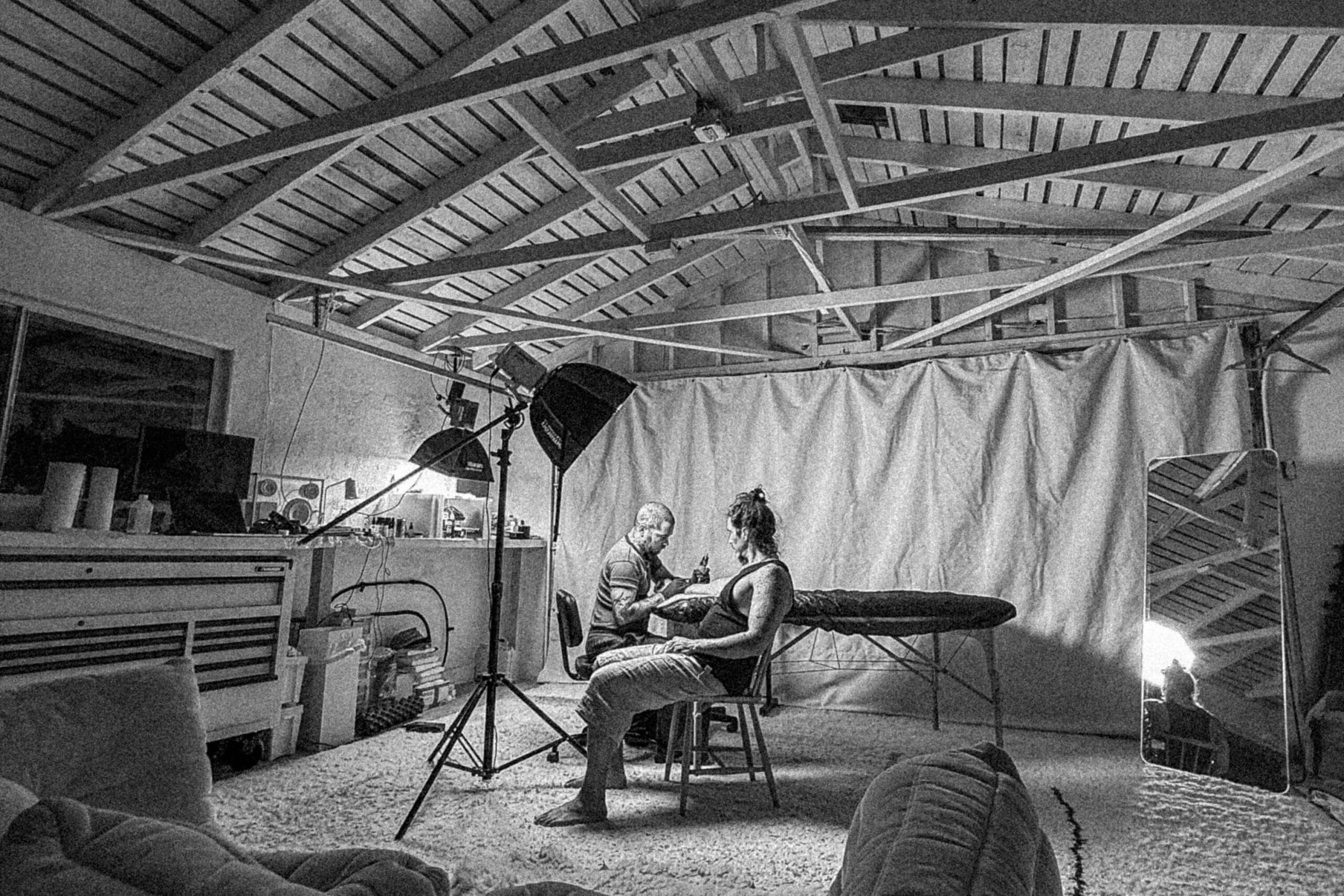
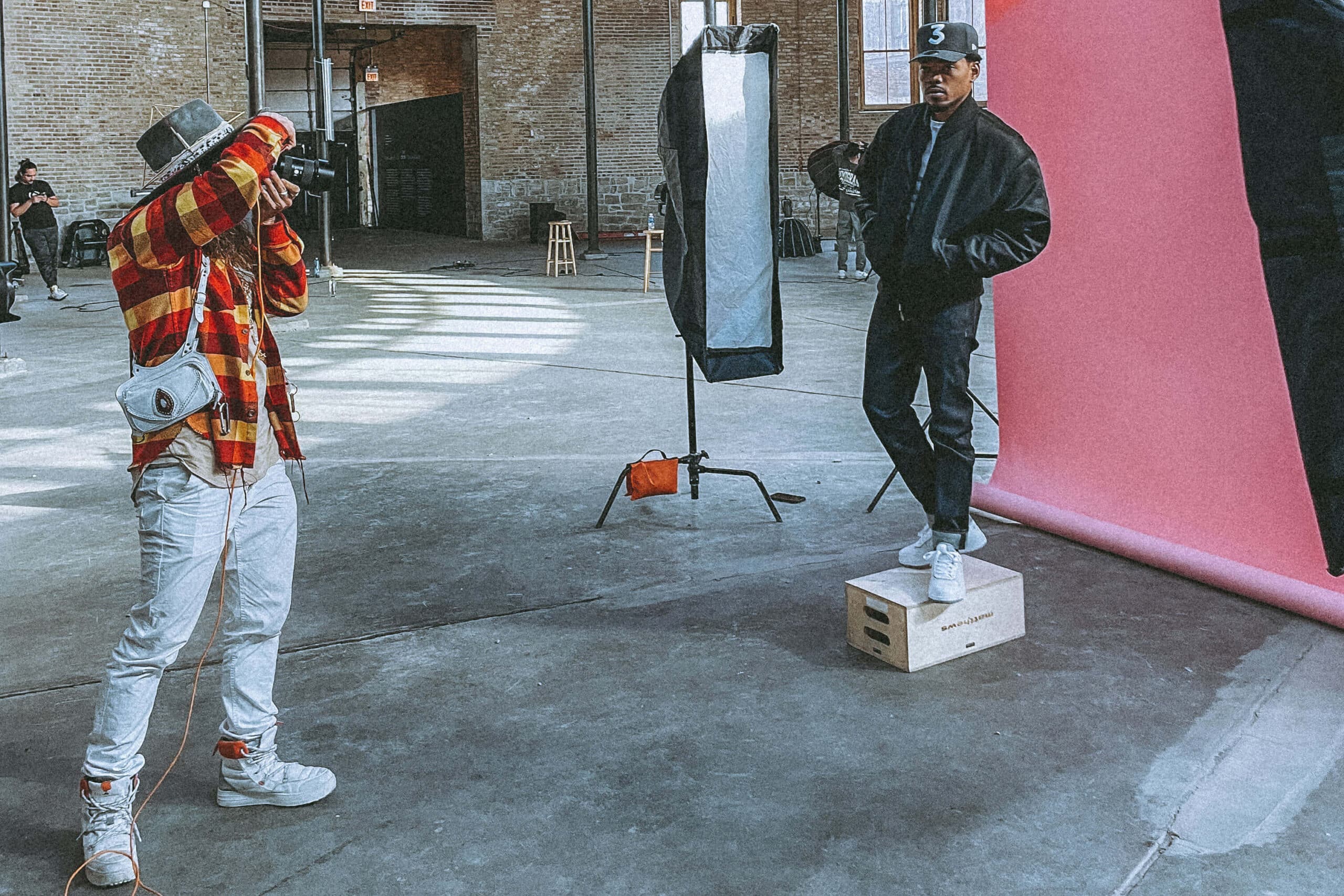

masterfully aligning perception and reality through personal branding

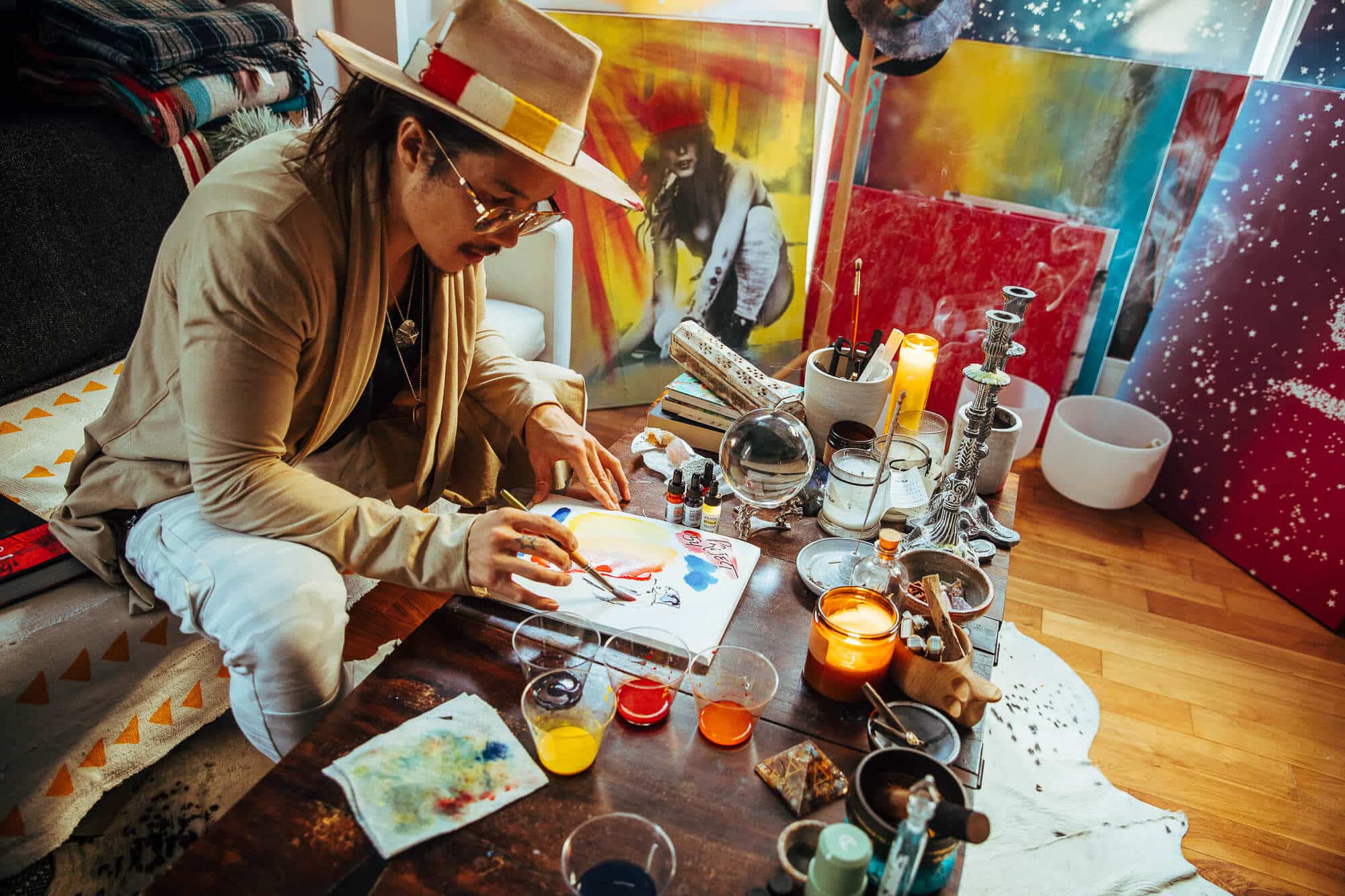
APE posted an article on the future of photography. There’s been a bit of controversy over the article as Leslie Burns talks about in her post. The basic idea is passing your work, or making it available to be passed around to create “fans”. Creating a bigger fan base increases your market.
It got me thinking of how digital technology is moving us into to a viral content world. Think about how much we love to share things with our friends. Random pieces of content that we think is so great, we share it with everyone we know. Thus the concept of “Viral Content”. Advertising age reported that GE, the country’s third largest advertiser, is moving to shift half of it’s $3 billion budget into digital and one-to-one marketing within the next 3 years. That said, GE as well as many other brands will be spending a lot of money on creating viral content.
So, why don’t we as photographers use our own work as viral content. People pay us to create our own viral content (well, if it lines up with our creative vision), or we can go create it ourselves. If people are posting it on their walls, desktops, or passing it to friends, is that any different than me sending a promo poster to potential clients to hang on their wall? Is it different from sending a print to a potential client? They can still scan it if they really like it.
My point is, making our work available to be passed along in a personal use level that promotes the artist is a great idea. Maybe someone blogs it, sends it to their friends, or makes it their desktop. You’re creating fans. Eventually, it might make it into the right hands. If you have your images registered with the copyright office, that gives you even more power if someone chooses to use your image in a commercial venue and violate copyright. The web world is getting smaller and smaller so finding images that are used without your permission is becoming easier and easier. There are even image tracking companies that will track all images used on the web. Besides, if it’s passed around low resolution images, no one is going to use it in print anyways… or at least we hope.

1/23/14
Technology, The Industry & the Concept of Free
infuse your vision with a fresh breath of creativity and vitality
BOOK A BRAND PHOTOSHOOT
masterfully aligning perception and reality through personal branding
GET THE DETAILS
Hey! I'm Nick.
PHOTOGRAPHER
BRAND ALCHEMIST
TEACHER
At vero eos et accusamus et iusto odio dignissimos ducimus qui blanditiis praesentium voluptatum deleniti atque corrupti quos dolores et quas molestias excepturi sint occaecati cupiditate non provident, similique sunt in culpa qui officia deserunt mollitia.
GET THE DETAILS
infuse your vision with a fresh breath of creativity and vitality
LET'S CONSPIRE & CREATE
CULTIVATING YOUR VISUAL UNIQUENESS AND STREAMLINING YOUR BRAND'S EVOLUTION
read the latest

TL;DR – What You’ll Learn in This Post You Are the Brand If you’re still hiding behind your offer… If you’re still using a cropped wedding photo for your headshot… If you’re still telling yourself you need to “figure it all out first”… Let this be your permission slip: You are the face of your […]

TLDR | What You’ll Learn in This Post This Wasn’t Just a Tattoo I’ve wanted a tattoo from Balazs for years. Not because he’s popular, but because I knew this guy was channeling something real. When the time finally aligned, I didn’t just walk into a session. I stepped into a portal. The Intention: A […]

If you’re an entrepreneur, your personal brand isn’t just a logo — it’s your face, your energy, and the story you’re telling in every scroll. So when it comes to choosing a personal brand photographer, you don’t need someone who just “takes nice pictures.” You need someone who knows how to translate your identity into […]

TL;DR – What You’ll Learn in This Post Your Location Isn’t Background — It’s Identity Where you shoot isn’t just about what looks cool. It’s about resonance. It’s about embodiment. It’s about visually designing a space that holds your energy. “Your brand visuals don’t just show who you are — they show the world you […]

A personal brand is not your logo. It’s not your colors. It’s not just your website. Your personal brand is the perception people have of you when you’re not in the room — shaped by your presence, your visuals, your voice, and how consistently you embody your values. It’s who you are and who you’re […]

TL;DR – What You’ll Learn in This Post Your Brand Isn’t a Feed — It’s a Frequency We’ve all seen it: the influencer with polished photos but no soul. The brand that feels like a mask. That’s not personal branding — that’s performance. A real personal brand? It’s how you live. It’s what you do […]

A Brand Isn’t Just a Logo — It’s a Mirror Your personal brand isn’t a website, a color palette, or a polished grid. It’s an evolving expression of who you are — and who you’re becoming. More than that, it’s a container. A space that calls you to rise. To embody your message. To stay […]
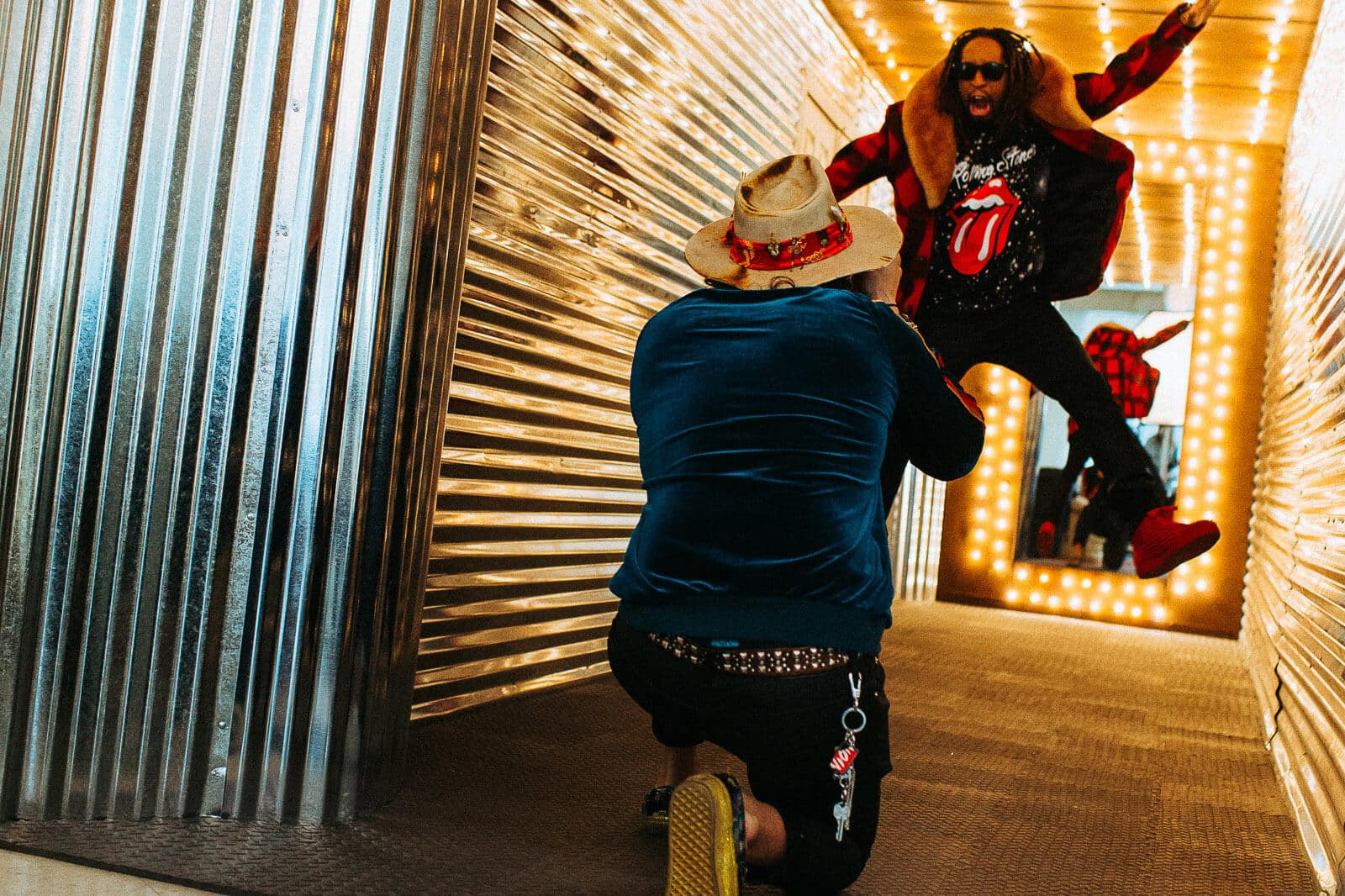
Let’s put it this way: If you want stiff headshots in a gray suit against a beige wall — probably not. If you want a photoshoot that feels like an editorial spread, emotional breakthrough, and creative awakening all in one — then yes. Nick Onken is very good at what he does. What Makes Nick […]
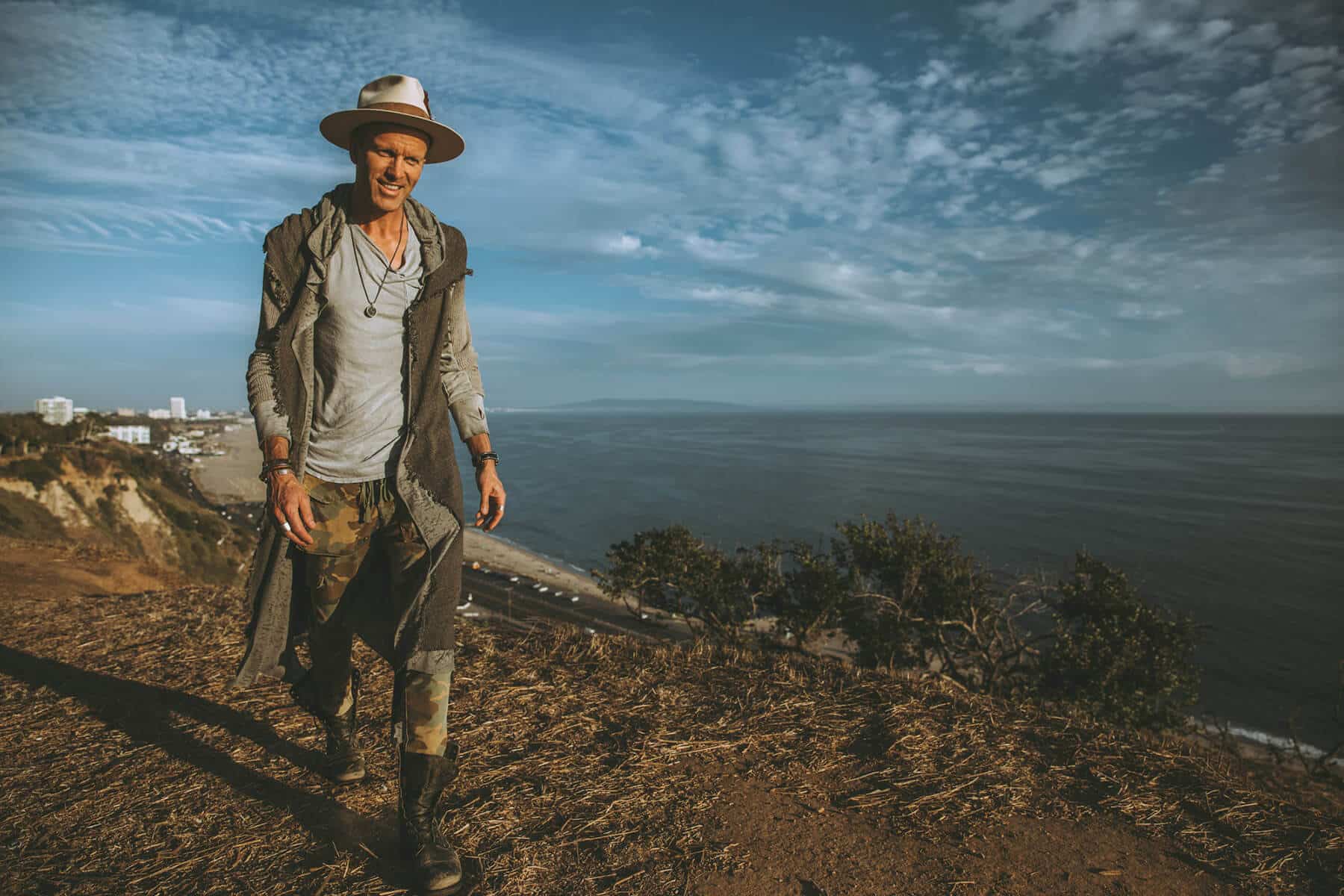
Most First-Time Brand Shoots Miss the Mark — Here’s Why If you’re preparing for your first brand photoshoot, you’re likely focused on the obvious: outfits, lighting, maybe even the perfect smile. But what actually makes a photoshoot land is much deeper — and most people don’t know what to look for. And unfortunately, that’s why most first-time […]

The Problem With Traditional Brand Photograph Most brand photos are surface-level. They might be polished. Perfectly lit. Technically solid. But they lack soul. They don’t make you feel the person. They don’t communicate energy, depth, or identity. They look good — but they don’t resonate. And that’s a problem if you’re a thought leader, coach, speaker, author, or […]

If you’re searching for the best personal brand photographer in New York, one name rises to the top: Nick Onken. Blending editorial sophistication with emotional storytelling, Nick’s work goes far beyond headshots. His Elevated Realism™ approach captures your highest self — magnetic, polished, and unmistakably you. 📍 A Photographer Who Knows NYC Intimately Nick spent 15 […]
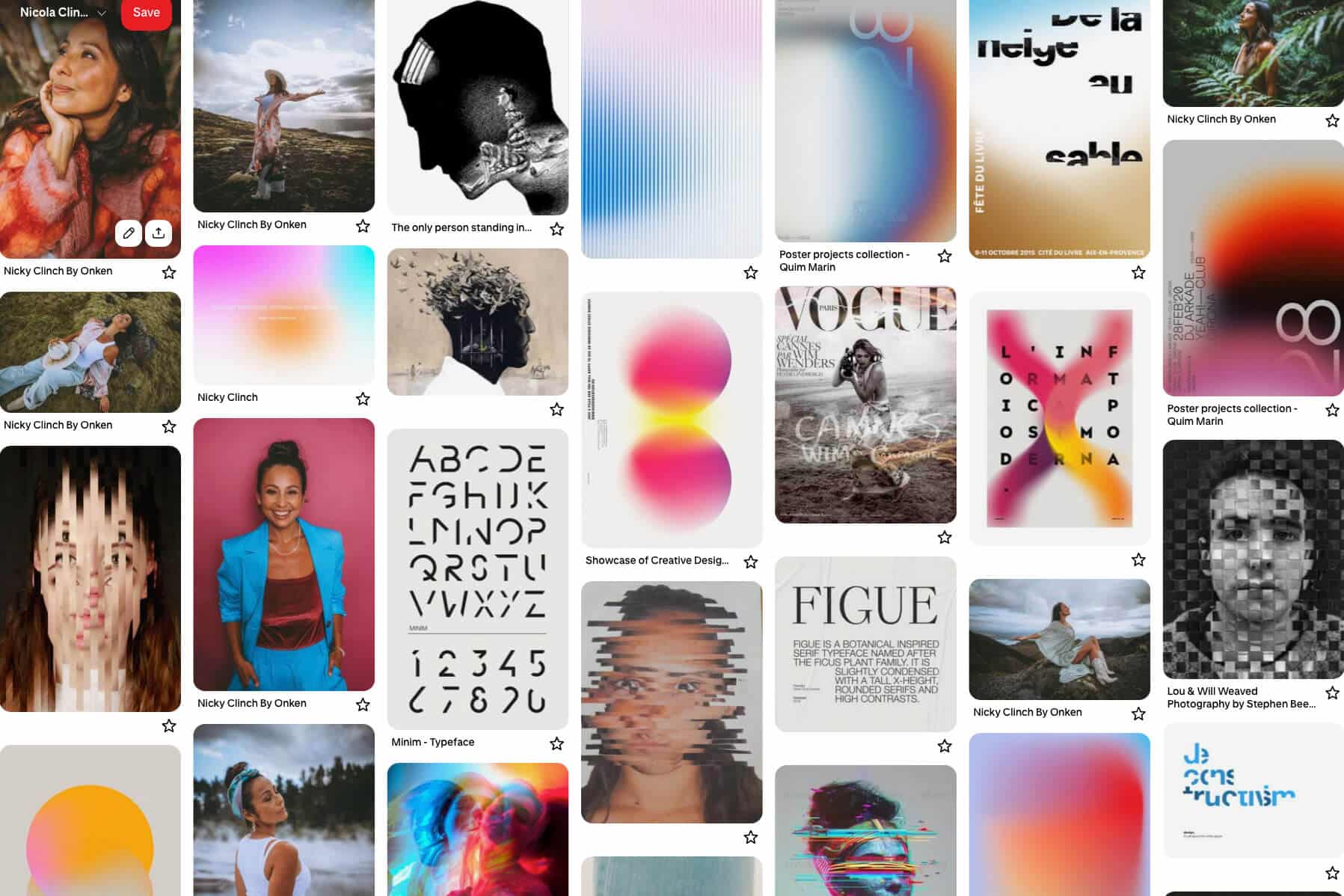
One of the biggest mistakes entrepreneurs make is building their website, offers, or marketing before they’ve ever clarified their brand identity. They hire web designers before they’ve defined their vibe. They write sales pages without knowing the feeling their brand is meant to transmit. But everything — your website, your photos, your content, your brand world — should stem […]

For most people, a photoshoot is about looking good. For Nicky Clinch, it became a mirror for transformation. Nicky is a master maturation coach, author of Surrender, and co-leader of the Emanate Mastermind. When she came to me, her brand was successful—multiple seven figures, sold-out programs, a global community—but something wasn’t resonating. She had reached a plateau. […]
About the Blogger
I was born in a low middle class conservative religious family in the suburbs of Seattle. Art was and always has been my passion, and more than that a way of life. Starting as a graphic designer, I taught myself photography, built a commercial/editorial business shooting for the worlds biggest brands like Nike, Coca-Cola, Adidas and more. I've also had the opportunity to photograph the world's biggest celebrities like Justin Bieber, Usher, Jessica Alba and more. I've curated a lifestyle around creativity and have learned a lot along the way which I get to share here.
I was born in a low middle class conservative religious family in the suburbs of Seattle. Art was and always has been my passion, and more than that a way of life. Starting as a graphic designer, I taught myself photography, built a commercial/editorial business shooting for the worlds biggest brands like Nike, Coca-Cola, Adidas and more. I've also had the opportunity to photograph the world's biggest celebrities like Justin Bieber, Usher, Jessica Alba and more. I've curated a lifestyle around creativity and have learned a lot along the way which I get to share here.